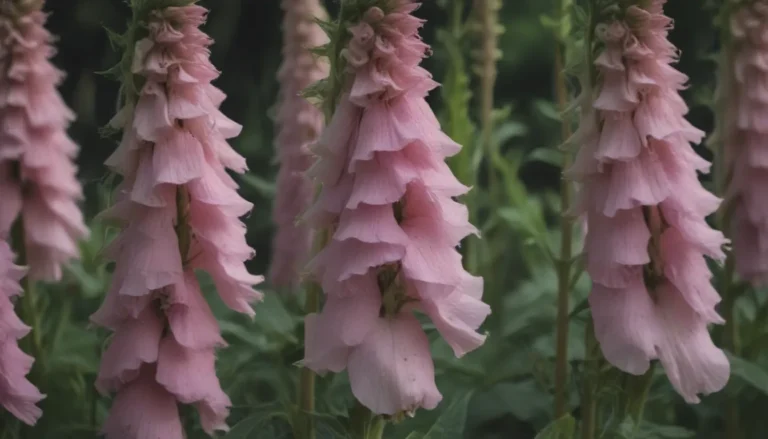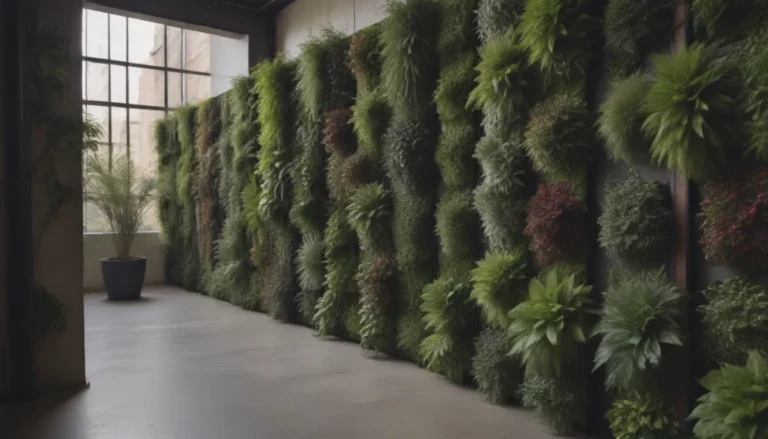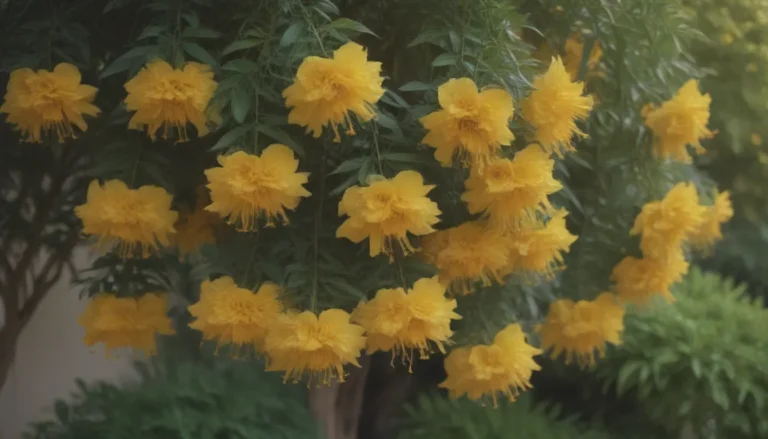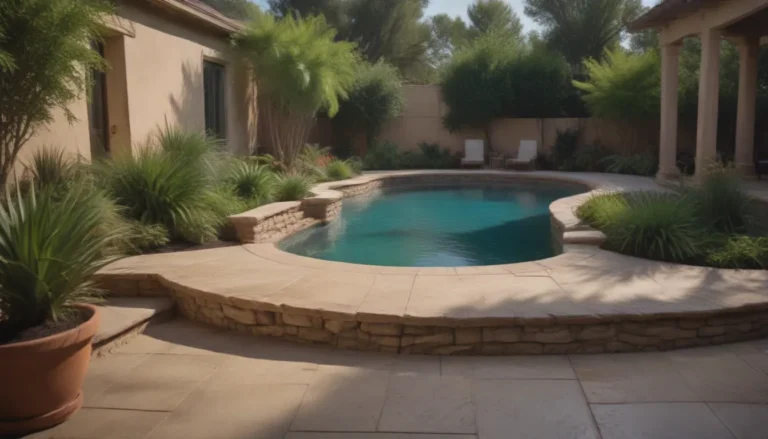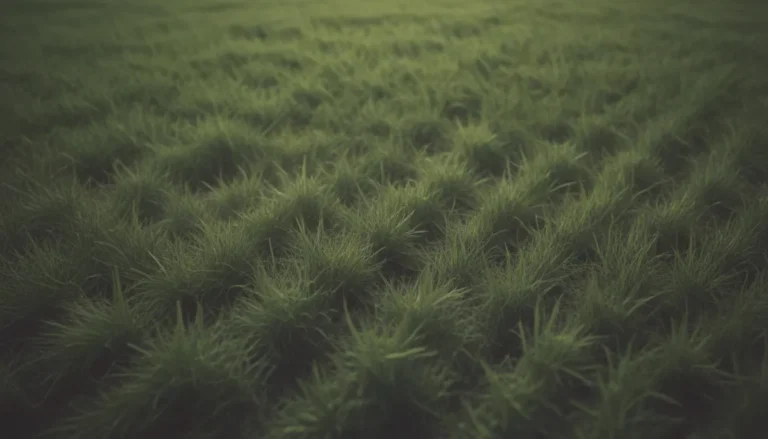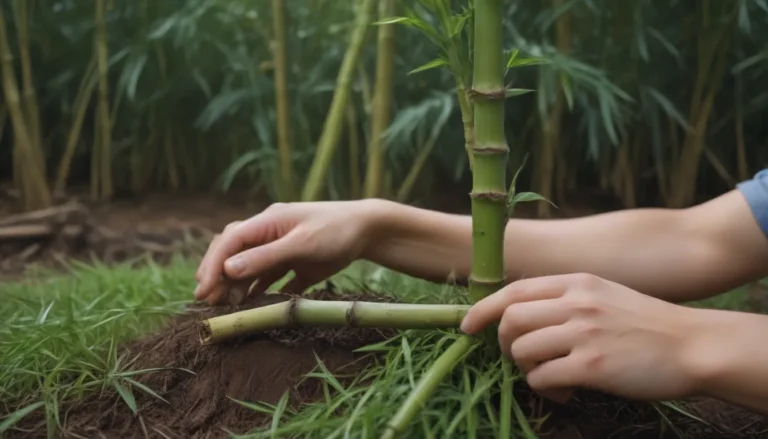Everything You Need to Know About Growing and Caring for Blue Fescue Grass
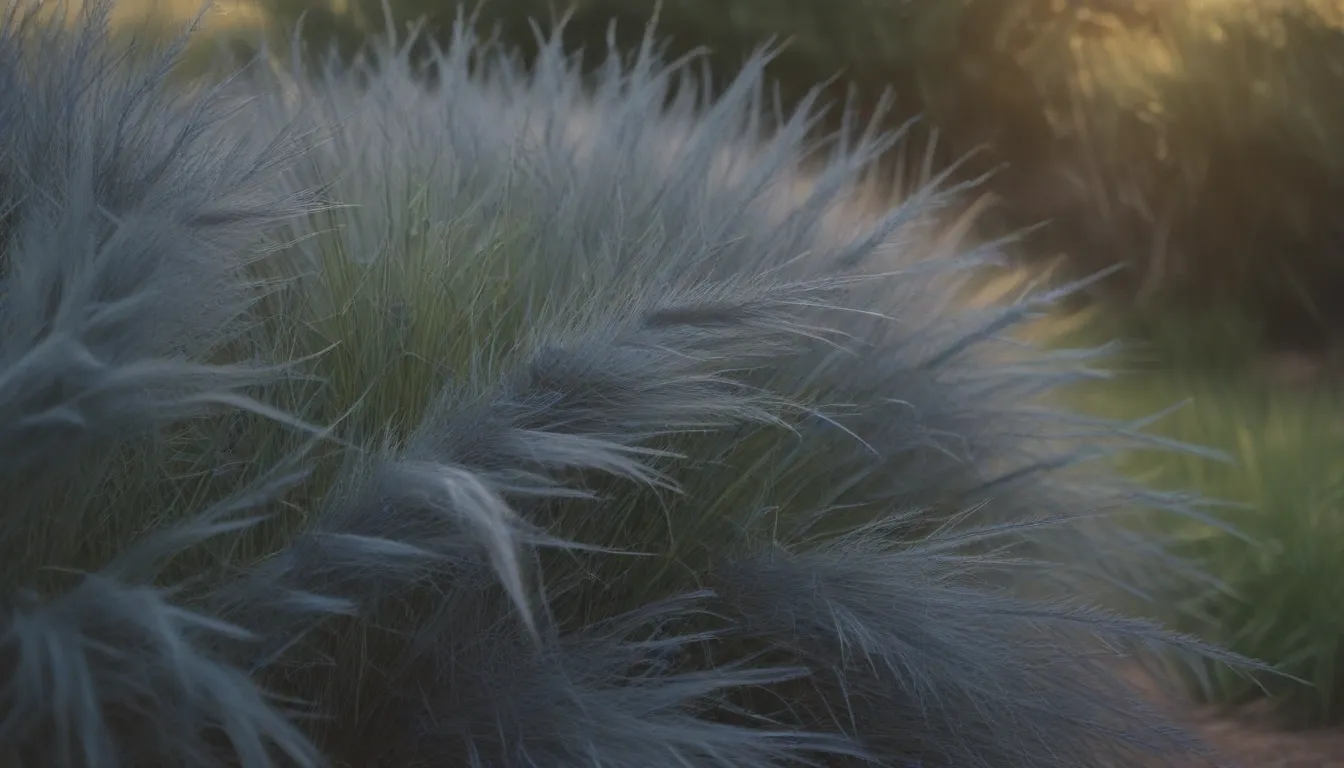
If you’re looking to add a pop of color and texture to your garden, blue fescue grass (Festuca glauca) might just be the perfect choice for you. This ornamental grass is known for its silvery blue foliage and pale green flowers, making it a standout in any garden setting. In this in-depth guide, we will explore everything you need to know about growing and caring for blue fescue grass, from planting to maintenance and beyond.
Blue fescue grass is a fast-growing, true perennial that thrives in USDA plant hardiness zones 4 to 8. It’s a versatile plant that can complement a variety of garden styles, thanks to its fine texture and eye-catching color. Let’s dive into the world of blue fescue grass and discover how you can cultivate this beautiful plant in your own outdoor space.
Planting Blue Fescue Grass
Planting blue fescue grass is a relatively straightforward process, but there are a few key points to keep in mind to ensure its success. Here’s a basic guide to get you started:
- Plant blue fescue seeds in early spring or late summer.
- Ensure the soil is well-draining to prevent waterlogging, as blue fescue does not tolerate wet conditions.
- Mulch around the base of the plant with a 3-inch layer of bark mulch to help retain moisture and suppress weed growth.
Blue Fescue Care Tips
Taking care of your blue fescue grass doesn’t have to be a daunting task. By following a few simple steps, you can keep your plant healthy and vibrant. Here are some essential care tips for blue fescue grass:
- Light: Blue fescue thrives in full sunlight, although it can tolerate partial shade. For the best foliage color, provide as much sunlight as possible.
- Soil: Blue fescue prefers consistently moist soil that is well-draining. Mature plants can withstand drought conditions, but regular watering is recommended.
- Water: This plant has average moisture needs. Water weekly during hot summer months to keep it green and growing.
- Temperature and Humidity: Blue fescue is a cool-season plant that prefers moderate temperatures. High humidity and extreme heat can cause foliage dieback.
- Fertilizer: Compost applied as mulch provides sufficient nutrients for blue fescue grass.
Types of Blue Fescue
Blue fescue grass comes in various cultivars, each with its unique characteristics and appeal. Here are some popular types of blue fescue grass to consider for your garden:
- ‘Elijah Blue’
- ‘Golden Toupee’
- ‘Boulder Blue’
- ‘Blaufink’
- ‘Tom Thumb’
- ‘Harz’
Pruning and Propagating Blue Fescue Grass
Maintaining your blue fescue grass involves regular pruning and occasional propagation to keep it looking its best. Here are some tips for pruning and propagating blue fescue grass:
- Pruning: Cut back the foliage in early spring to promote new growth. Remove dead blades of grass to maintain the plant’s appearance.
- Propagating: Divide mature blue fescue plants every two to three years to keep them healthy and vibrant. You can also propagate blue fescue from seed indoors or outdoors.
Overwintering and Common Pests
Blue fescue grass is hardy to USDA zone 4 and undergoes natural dormancy in winter. No special steps are required for overwintering, although the grass may turn brown during this period. Keep an eye out for common pests like aphids, which can be managed with appropriate treatments.
Common Problems and Alternatives
Gardeners in warm climates may encounter issues with above-ground growth dieback in blue fescue grass due to excessive heat and humidity. While blue fescue is a popular choice for ornamental grass, there are other varieties such as Japanese forest grass, zebra grass, purple fountain grass, and blue oat grass that can add diversity to your landscape.
In conclusion, blue fescue grass is a versatile and attractive plant that can enhance any garden setting. By following the care tips outlined in this guide, you can enjoy the beauty of blue fescue grass in your outdoor space. Experiment with different cultivars and planting techniques to create a unique and visually appealing garden landscape. Happy planting!
